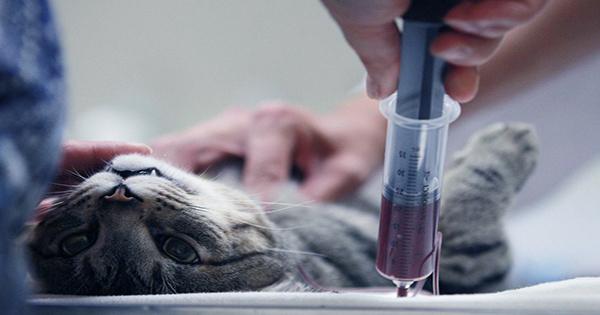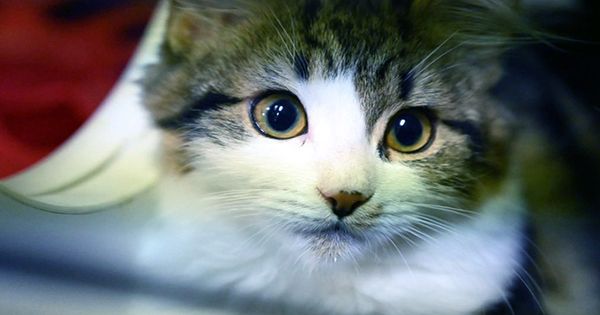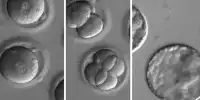It is old news to take blood from one person and put blood on another, but stingy blood transfusions for donating blood to cats are a relatively unchanged area.
Our parietal pulse hemorrhage can occur in most cases from blood transfusions to situations similar to what people need, there is considerable bleeding after a traumatic injury or surgery. It may not be like a routine practice for veterinarians, but it is an area that needs to be expanded as a life-saving treatment, and cat blood donation is becoming increasingly common.
The phrase “peacefully like cats” is given to illustrate the chaos, you can appreciate that you can sit quietly while a cat wastes some life juice which is not a common thing like going down a human blood bank (did you know some people are super Donor?). For example, the International Society of Fine Medicine (ISFM) has published guidelines in the Journal of Fine Medicine and Surgery (JFMS) on what should be considered before approving line blood transfusions.

The guide hopes to ensure that the best practice is employed when selecting donors and recipients to prevent this valuable product from being wasted, while describing the process of matching animals with blood in some subtle detail. The guidelines put together an international panel of veterinary experts whose specialties spread infectious diseases, anesthesia, critical care and medicine. It is based on the principle that the veterinary clinician assumes equal responsibility for both the recipient and the donor cat at the time of donation.
Similar complications exist in human blood donation in cats, but whether an animal has an A; B or AB blood group is comparatively more affected by geography. Type A is the most common and several species, including Siamese cats, are thought to be exclusive to this group.
Type B and AB are much less common, meaning it may be more difficult to supply blood to cats with these requirements. The markers present at the bottom of the cat’s blood cells make including more complex to match with blood than blood transfusions. If mismatched, these markers can trigger fatal reactions. As such, ISFM recommends cross-matching for observation before giving to the recipient, as the possibility of catastrophic clotting (possibly already weakening) can be diagnosed outside the cat’s body.















